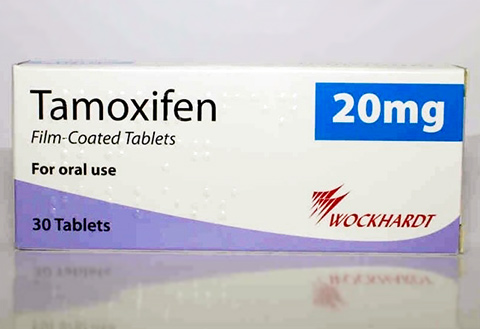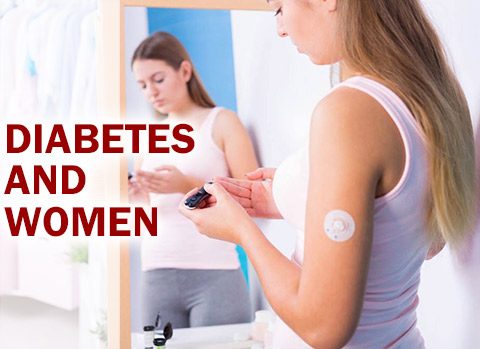Making decisions about hormone replacement therapy
Every woman eventually has to ask herself: should I take hormone-replacement therapy? The decision is rarely clear-cut. That’s why it is important for each woman to know her specific risks and benefits. To help you make this decision, we offer the following two-step process. First, we help you assess your risk of the three primary diseases affected by hormone replacement therapy (HRT): heart disease, breast cancer, and osteoporosis. Second, we’ll show you how HRT might raise or lower those risks.
When filling out the worksheets, keep in mind that risk factors – that is, behaviors or traits that increase your chances of getting a disease – are derived from studies on groups of people, not individuals. While our risk-assessment worksheet can give you an idea of your risk, it won’t give you a final score that says with certainty whether or not you’ll develop a disease.
Also, risk factors tend to have a cumulative effect. For example, a woman who smokes and has high blood pressure and high cholesterol nearly triples her chances of having a heart attack. That’s why it’s worth modifying your risk factors wherever possible.
Finally, it’s important to recognize that heart disease, breast cancer, and osteoporosis strike women at vastly different rates. The chances that a white woman, aged 50 to 94 years old, will die of:
- heart disease is 31.0 percent;
- of breast cancer is 2.8 percent;
- of a hip fracture is 2.8 percent.
So if you are at high risk of both heart disease and breast cancer, you may find that lowering your heart-disease risk outweighs your concern over breast cancer. These are issues you should talk to your doctor about.
Assessing your risk of disease
Before deciding whether to take hormone replacement therapy, check out your risk of developing coronary heart disease, breast cancer, and osteoporosis. Use the risk-assessment worksheet to find out where you stand. You should print out the sheet, fill in your answers, and take it to your doctor as part of your discussion of the pros and cons of taking HRT. If most of your risk factors are ones that can be modified through lifestyle changes, ask yourself how willing you are to make those changes.
Instructions: To assess your disease risk, fill out the following work sheet. Put a check next to any true statement (if you don’t know, leave it blank)
| Heart Disease | |
| Risk factors you can’t change: | |
| You have diabetes. | |
| You have a parent who had a heart attack before age 61. | |
| Risk factors you can change: | |
| Your total blood cholesterol is greater than 200 milligrams, or your doctor has told you that you have high blood cholesterol. | |
| Your HDL level (good cholesterol) is less than 35 milligrams. | |
| You smoke cigarettes. | |
| Your blood pressure readings are consistently about 140/90, or your doctor has told you that you have high blood pressure. | |
| You are more than 30 percent overweight, and your extra fat has settled around your waist, not your hips and thighs. | |
| Osteoporosis | |
| risk factors you can’t change: | |
| You reached menopause before age 45. | |
| You are of Caucasian or Asian descent. | |
| You are thin or have a small build. | |
| You have a family history of osteoporosis. | |
| risk factors you can change: | |
| You smoke cigarettes. | |
| You have one or more drinks of alcohol a day. | |
| You don’t get much exercise. | |
| Your diet isn’t very high in calcium. | |
| Breast cancer | |
| risk factors you can’t change: | |
| You already have had cancer in one breast. | |
| You have a mother or sister who got breast cancer before menopause. | |
| You never had children. | |
| You have atypical hyperplasia (your breast cells are both abnormal and increased in number). This is more important when you have a family history of breast cancer. | |
| You have benign breast disease with hyperplasia (excessive growth of cells). | |
| Your first pregnancy was after age 30. | |
| You started getting menstrual periods before age 12. | |
| You reached menopause after age 55. | |
| risk factors you can change: | |
| You have one or more drinks of alcohol a day. | |
| You are overweight, and your extra fat has settled around your waist, not your hips and thighs. | |
Once you’ve filled in this chart, go to the next step:
How is your disease risk affected by hormone therapy?
Print out the following chart, then use the information from the work sheet above to help you and your doctor determine the risks and benefits of hormone replacement therapy to you.
|
Benefits known:
suspected:
|
Risks known:
suspected:
|
Consider HRT if
|
Think twice* if
* The above situations aren’t absolute contraindications to HRT but require that a woman taking the therapy be closely monitored. In these circumstances, the estrogen patch may be a better option than pills. |






